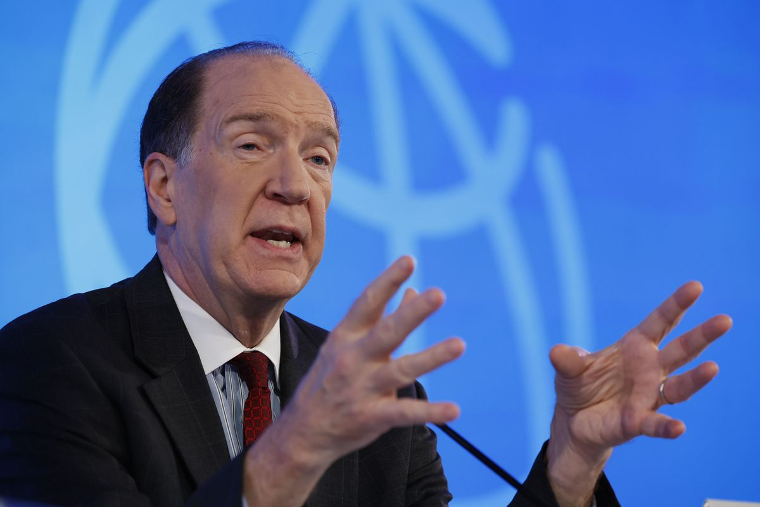 Sri Lankan Scholar, Howard Nicholas, was right. The West uses debt as a tool to tie down poor countries, including those in Sub-Saharan Africa.
Sri Lankan Scholar, Howard Nicholas, was right. The West uses debt as a tool to tie down poor countries, including those in Sub-Saharan Africa.
According to the International Debt Report released by the World Bank today the external debt of poor countries at the end of 2021 had risen to US$9 trillion, more than double the amount a decade ago.
Debt-service payments on long-term public and publicly guaranteed external debt from poor countries totalled US$46.2 billion last year—equivalent to 10.3% of their exports of goods and services and 1.8% of their gross national income (GNI), according to the report. Those percentages were up significantly from 2010, when they stood at 3.2% and 0.7% respectively.
Below is the full press release from the World Bank.
The poorest countries eligible to borrow from the World Bank’s International Development Association (IDA) now spend over a tenth of their export revenues to service their long-term public and publicly guaranteed external debt—the highest proportion since 2000, shortly after the Heavily Indebted Poor Countries (HIPC) initiative was established, the World Bank’s new International Debt Report shows.
The report highlights rising debt-related risks for all developing economies—low- as well as middle-income economies. At the end of 2021, the external debt of these economies totaled US$9 trillion, more than double the amount a decade ago. During the same period, the total external debt of IDA countries, meanwhile, nearly tripled to US$1 trillion. Rising interest rates and slowing global growth risk tipping a large number of countries into debt crises. About 60% of the poorest countries are already at high risk of debt distress or already in distress.
At the end of 2021, IDA-eligible countries’ debt-service payments on long-term public and publicly guaranteed external debt totaled US$46.2 billion—equivalent to 10.3% of their exports of goods and services and 1.8% of their gross national income (GNI), according to the report. Those percentages were up significantly from 2010, when they stood at 3.2% and 0.7% respectively. In 2022, IDA countries’ debt-service payments on their public and publicly guaranteed debt are projected to rise by 35 percent to more than US$62 billion, one of the highest annual increases of the past two decades. China is expected to account for 66% of the debt-service payments to be made by IDA countries on their official bilateral debt.
“The debt crisis facing developing countries has intensified,” said World Bank Group President David Malpass. “A comprehensive approach is needed to reduce debt, increase transparency, and facilitate swifter restructuring—so countries can focus on spending that supports growth and reduces poverty. Without it, many countries and their governments face a fiscal crisis and political instability, with millions of people falling into poverty.”
Continued next page
(52 VIEWS)


How strange? You borrow money freely and fail to make real good use of it and then blame the creditor for your indebtedness!